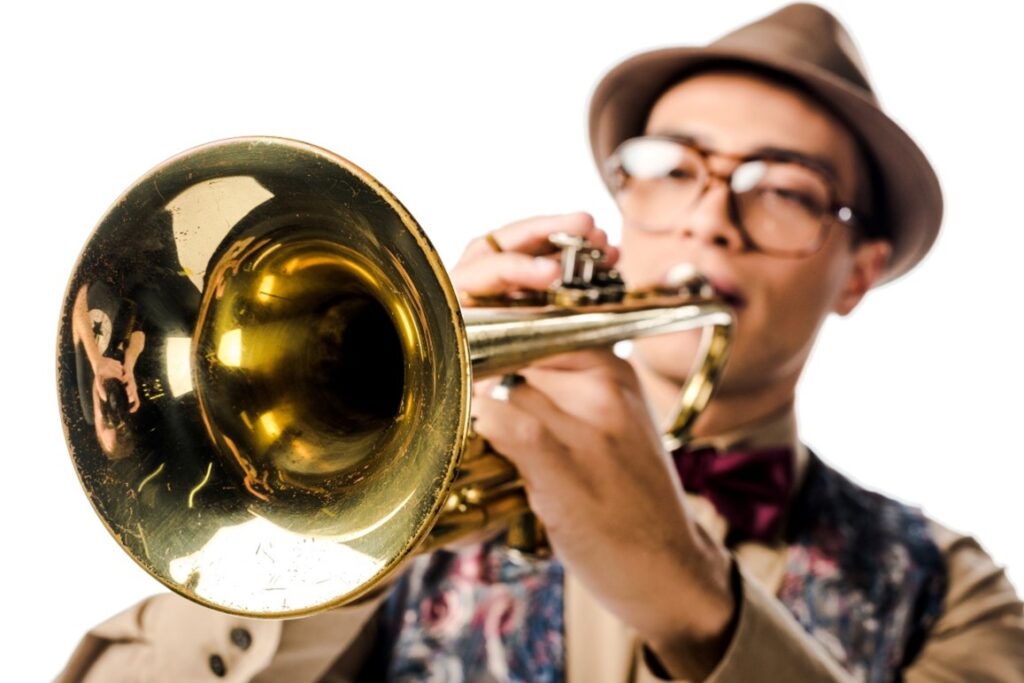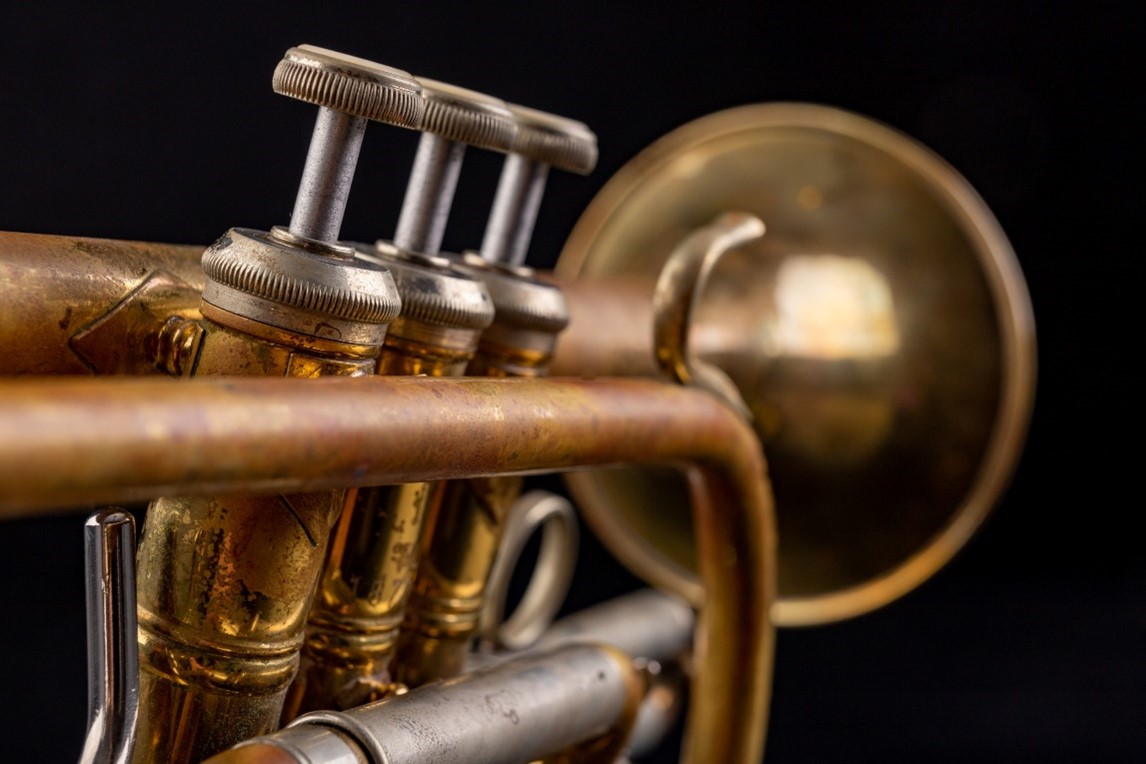Trumpets are a very popular instrument in musical productions, and it is impossible to have a complete symphony orchestra without at least two of these brass instruments included. Vincent Montague of Cleveland discusses below the science behind a trumpet’s music, the detailed components, as well as the precise physics of horn music.
The scientific clarifications behind trumpet playing are multifaceted. The correct embouchure is crucial for sound production – the air pressure and flow affects the pitch of the trumpet. In addition, the mechanics of the trumpet itself will affect the sound produced. The position of both the slides and the valves will change the internal structure of the trumpet in order to produce different notes.
The Musician
A trumpet player is responsible for two of the four physical components of music. Their mouth position, or embouchure, and the air pressure they are producing both affect the horn’s ability to produce quality sound.
Embouchure
The embouchure of a trumpet player is produced by a combination of factors: the lips, tongue, facial muscles, entire oral cavity, larynx, and breathing all have to be coordinated to produce sound in a trumpet. Achieving the correct embouchure will have the lips placed inside the rim of the trumpet mouthpiece; when air is blown through the lips, the lips buzz and create sound.
Air Pressure
To change the air pressure into a trumpet, the musician adjusts the size of the hole created by their lips, as well as the lip tension. A larger hole made by relaxing the lips will reduce the air pressure and consequently lower the pitch of the sound. Similarly, a smaller hole made by tightening the lips will, in turn, increase air pressure and produce higher notes.
The Science
There are two physical components of the trumpet itself that are used to change the way the air sounds. Both the valves and slides on a trumpet must be used correctly to produce a full range of notes in different scales.

• Valve Position
The valves are the structures that allow a trumpet player to play specific notes. Each valve will adjust the length of the trumpet’s tube by a certain amount: a longer tube produces a lower note, and a shorter tube produces a higher note.
The first valve (the one closest to the mouthpiece) lengthens the tube by 160 mm, effectively changing the pitch by one tone. The middle valve adjusts the pitch by a semitone: it lengthens the tube by only 70 mm. The third valve creates a pitch one and a half times lower than the open position note by lengthening the tube a total of 270 mm.
• Slide Position
The slides are also used for adjusting the pitch of a trumpet. Adjusting the position of the slide will change the length of the trumpet tube, similarly to valve adjustment: a longer tube will produce a lower sound, and a shorter tube produces a higher sound. The slides are therefore used as a way to finetune the pitch of a trumpet in combination with the valve position and embouchure.
Final Thoughts
It is clear that both a trumpet’s design and a trumpet player’s influences work together to produce music. Each component—embouchure, air pressure, valve position, and slide position—are crucial for explaining the science of trumpet playing.

